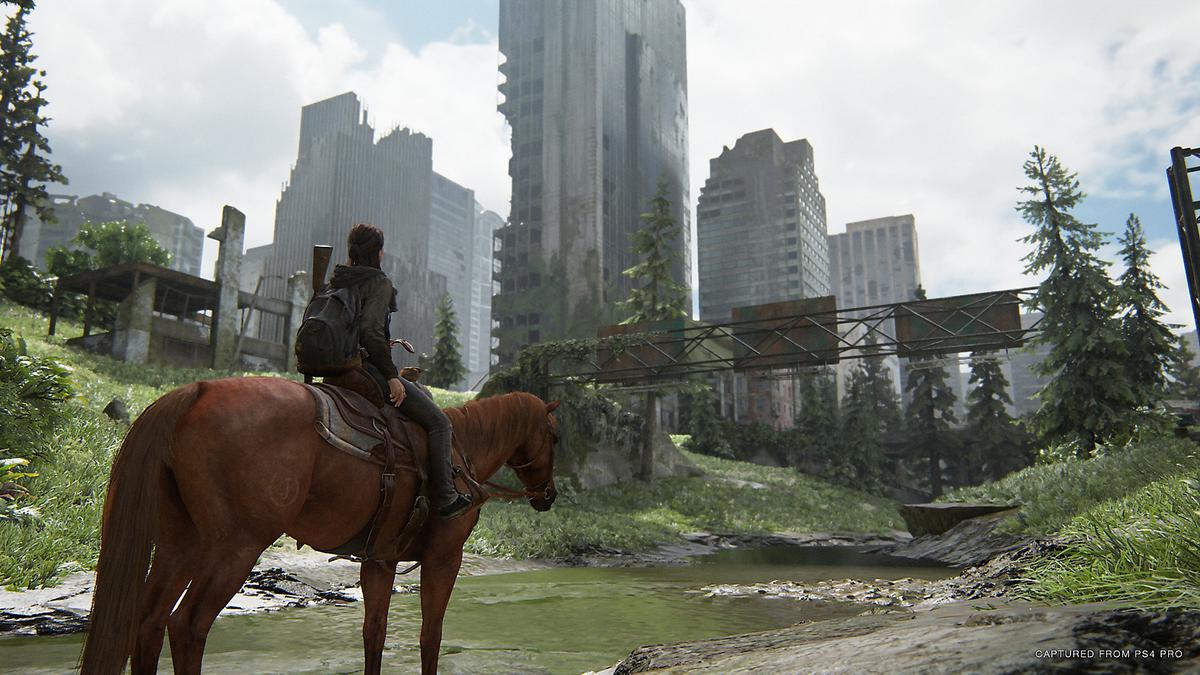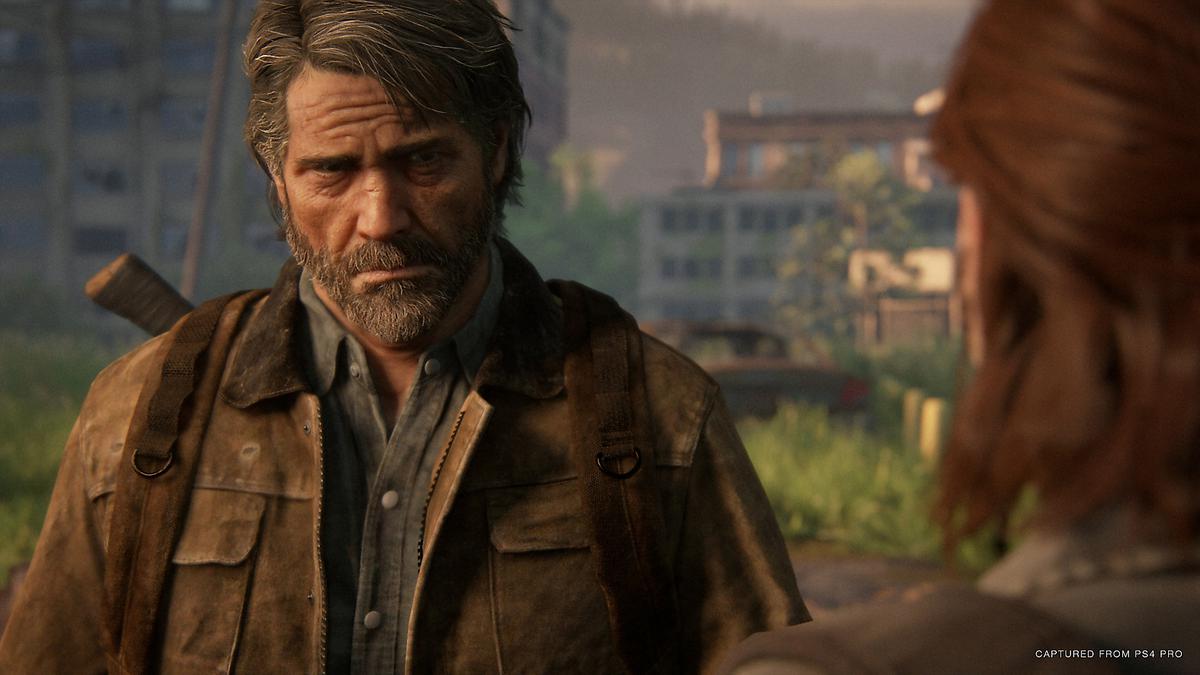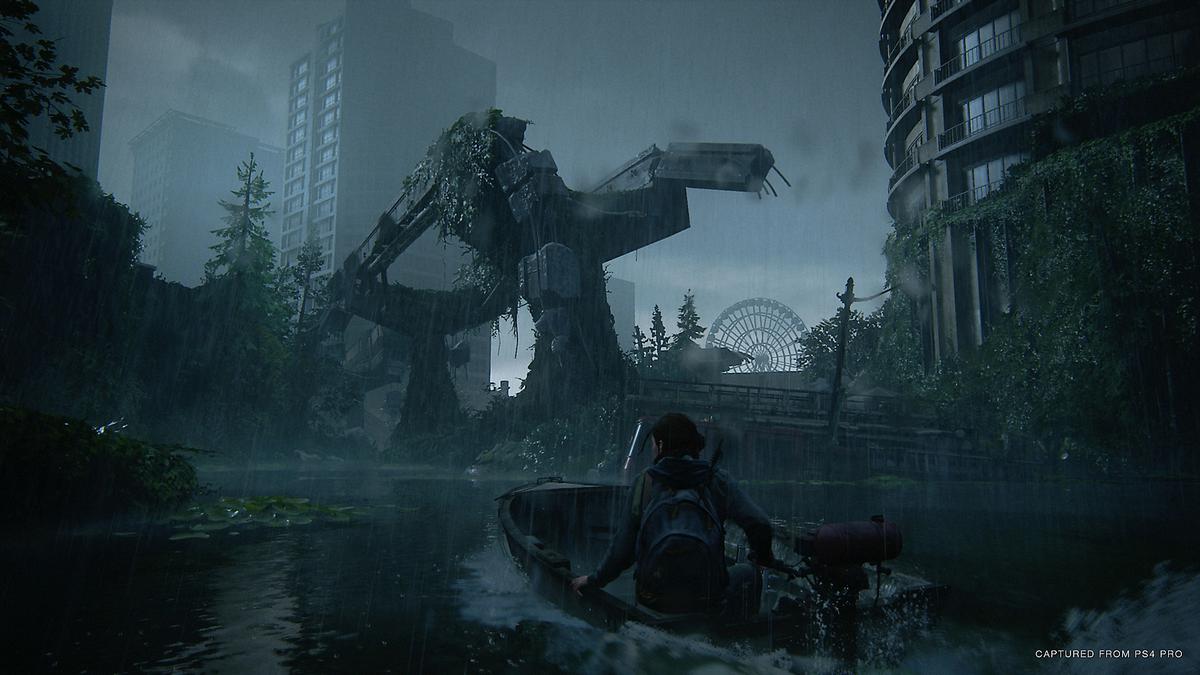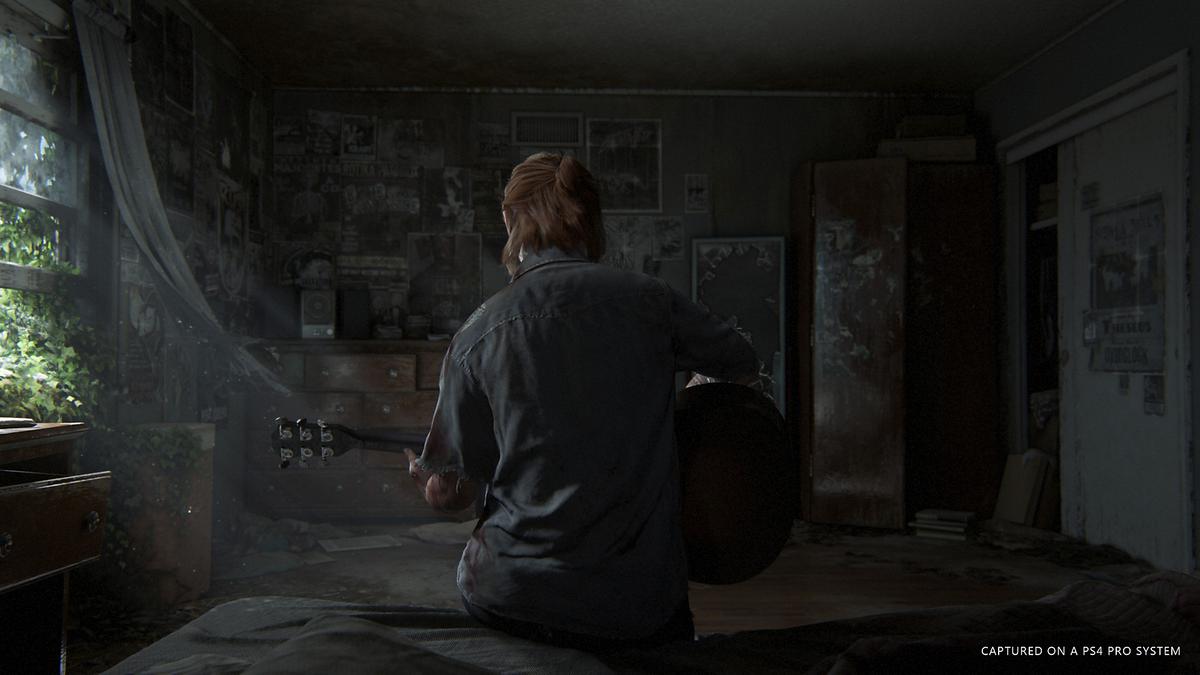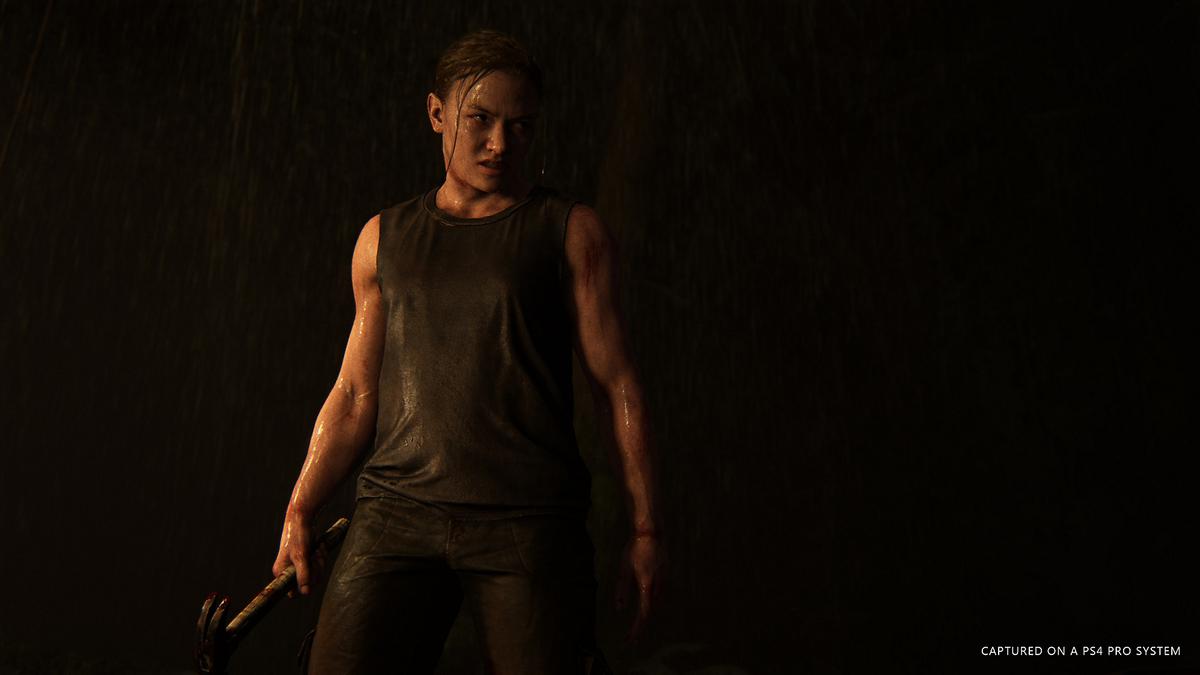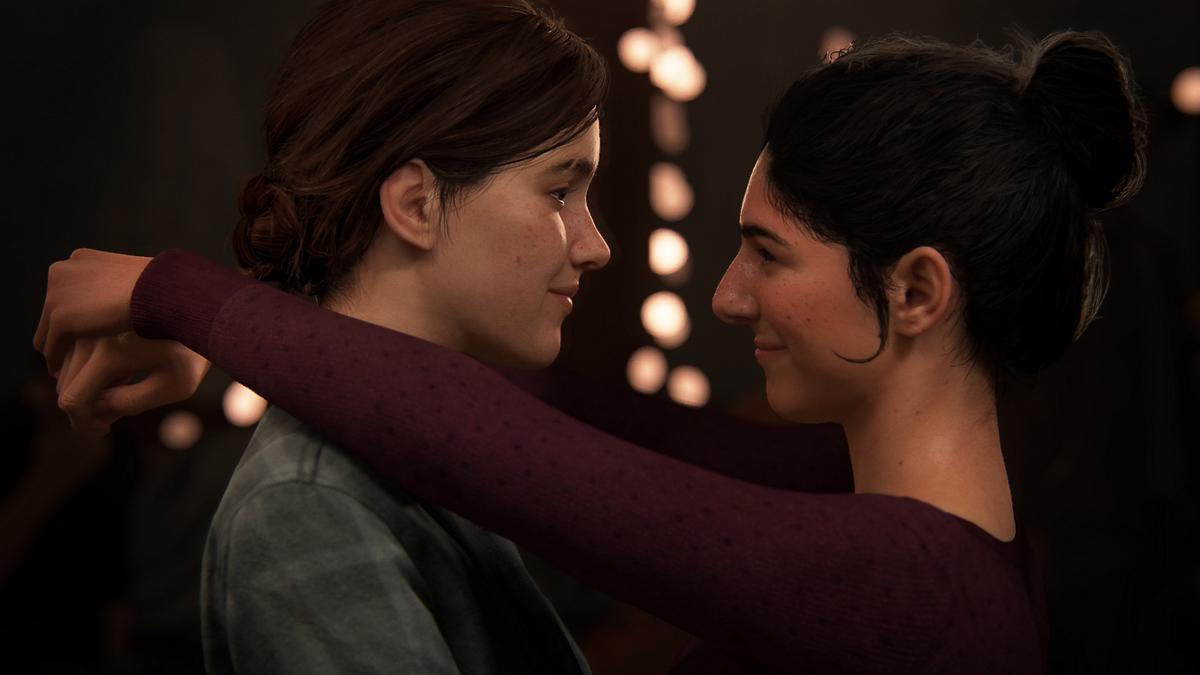When The Last of Us came out in 2013, it erased any doubt that video games could be storytelling masterpieces in their own right, with characters, themes, and gameplay all coming together to create an experience that rivals anything on the silver screen. Naughty Dog, the studio behind the franchise, had some big shoes to fill with the planned sequel, so they understandably took their time making the successor, The Last of Us 2, worthy of carrying the story forward. Now, before anything else, there has been a lot of controversy surrounding the game, a lot of which is driven by narrow-mindedness (which the game actually touches on, albeit lightly), and some of which centers on the narrative. We’re not touching on the former at all, though the latter does have some merit. But I get ahead of myself. First, a backgrounder. Also, the game has been out long enough, so this is not going to be a spoiler-free review.
The Last of Us 2 picks up a few years after the conclusion of the events in the first game. Ellie and Joel have made their way to Jackson, where survivors have come together to create a city in a world that is still ravaged by the cordyceps plague. Ellie has grown up to be an extremely capable survivor, and along with her friends, runs the same patrols Joel and his brother Tommy do, clearing the surrounding snowy wilderness and town of infected.
The game starts with a scene showing Joel and Tommy, recounting the end of the first game and the difficult choice Joel made to save Ellie, potentially damning the rest of the world in the process. It then starts a cleverly designed portion of the game that’s equal parts tutorial and narrative, easing you into the controls while keeping things interesting with dialogue that fills you in on the events of recent years. You then flash forward and are given control over Ellie as she’s getting ready for the day’s patrol. The tutorial section continues into a mock combat segment with colony children, reminding you of how to use the handy quick throw function, and sending you off into the world.
You then find yourself in control of Abby, somewhere in a similar frozen locale, where the game goes through some last lessons on the control scheme, when the game suddenly changes gears and picks up with some stealth and combat elements. These remain essentially unchanged from the first game, though there’s a greater level of polish and smoothness to executing moves, particularly when it comes to melee combat.
You now have a quick dodge that is necessary to make any progress when duking it out without ranged weapons, giving the game a nice sense of timing and reading the attackers’ moves. It’s still fairly easy and very straightforward, so it doesn’t cause any frustration. Don’t expect any massive changes to the third-person shooter genre—this game isn’t about gimmicky mechanics. In that sense, it’s unremarkable, but wonderfully so.
As you progress through this, and subsequent parts, you will of course get access to various weapons, each with their intended purpose, allowing you to process through the game in your desired fashion, whether it’s blasting through or sneaking. The upgrade system is also superb, and lets you customize the performance of the weapons even more, further tailoring it to your playstyle. The final bit of tweaking is done in the form of player upgrades, letting you gain or improve abilities, such as better crafting, more health, and new weapon abilities. Overall, it’s a game that goes well out of its way to give you the experience you want.
Additionally, this is a title with amazing gameplay customizability and accessibility options. It’s not a simple easy-medium-hard slider. There are options to increase the number of scavenged items, change enemy and friendly AI response, and change player resilience. This makes for a very, very approachable game for anyone who wants to get into it—which really should be everyone.
Now, if it seems like I’ve hurried through the gameplay portion of the review, that’s because I have, but with a purpose in mind. This game shines because of its story, and is what needs to be discussed the most. Neil Druckmann said early on that this was not a game that was not meant to be fun. It’s a game whose characters are fueled by hate and rage, which makes a stressful environment even more so. You feel this right from the start, when you learn of Abby’s role in the story, and how the game very successfully induces the hatred for her that Ellie must feel. The Last of Us Part 2 does that very successfully, and in one swift scene, turns Abby into one of the most hated characters in all of video game history. That it’s a story built on relationships that developed over the course of the previous game, and leverages that as successfully as this title does is a testament to the kind of masterful storytelling the writers managed.
From there, it’s a hate-driven rampage as Ellie makes her way across the country with Dina, to seek revenge for Abby’s actions. You can feel the rage emanating from the screen in more than one scene as Ellie makes her way to Abby, cutting through innumerable obstacles fueled, it seems, only by her quest for vengeance.
Then, the game does something as massive as it is ambitious. After the first 12 hours or so, the game once again puts you in the shoes of Abby, and keeps you there for more or less the remainder of the game. The point here was to show the perspective of the other side—the “bad guys” or at least who you think are the bad guys from the traditional main-character-centric point of view. It’s meant to show that they too are people, were wronged, and have their own emotions. It’s meant to show the human condition, more than just offer up a convenient person to hate and eventually eliminate. It was a massive gamble, and while I appreciate the point behind it, I’m honestly not sure it paid off.
The thing is, it managed to generate such an intense level of hatred for the Abby character that there wasn’t anything they could do to bring her back to a likeable level. Not even having the player slog through a dozen hours as Abby, showing the cause for her pain, surprise-killing her friends, and giving her a heart in multiple ways was able to shake off the feeling that she was just getting what she deserved. They made her too difficult to forgive. Maybe that was intentional, and done in a way to make us connect further with Ellie, but that feels a little too meta to be the case.
Aside from that admittedly large issue, the game does an amazing job developing relationships between characters on either side of the conflict. For example, at more than one point in the story, I found myself repeatedly muttering “Don’t kill Dina” over and over again, as it’s something that I felt the game would totally do without second thought. The game also does a great job using those relationships to raise the stakes and push you through the story, kicking and screaming all throughout.
One thing I am thankful for though, is the ending. Despite all the difficulties with the approach to and use of the character of Abby, the game does end in a way that is, at least to myself, satisfying, giving us the closure we need, without turning anyone else into a monster. Even Ellie’s own issues from the first game are put to rest in a way that I felt wasn’t just acceptable, but actually fulfilling. On the whole, I would say this is a game that anyone who appreciates a good story should play. It’s supremely accessible, tells an amazing story, and gives you more than a few insights on humanity, which is more than most people might give a video game credit for.
Publisher(s): Sony Interactive Entertainment
Developer(s): Naughty Dog
Platforms: PlayStation 4
Words by Ren Alcantara
Also published in Gadgets Magazine July 2020

